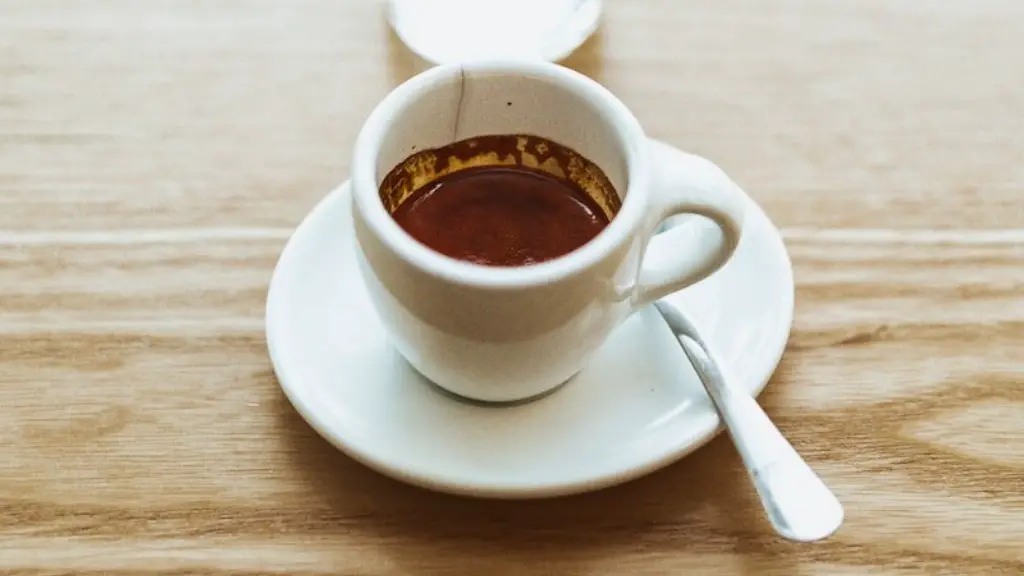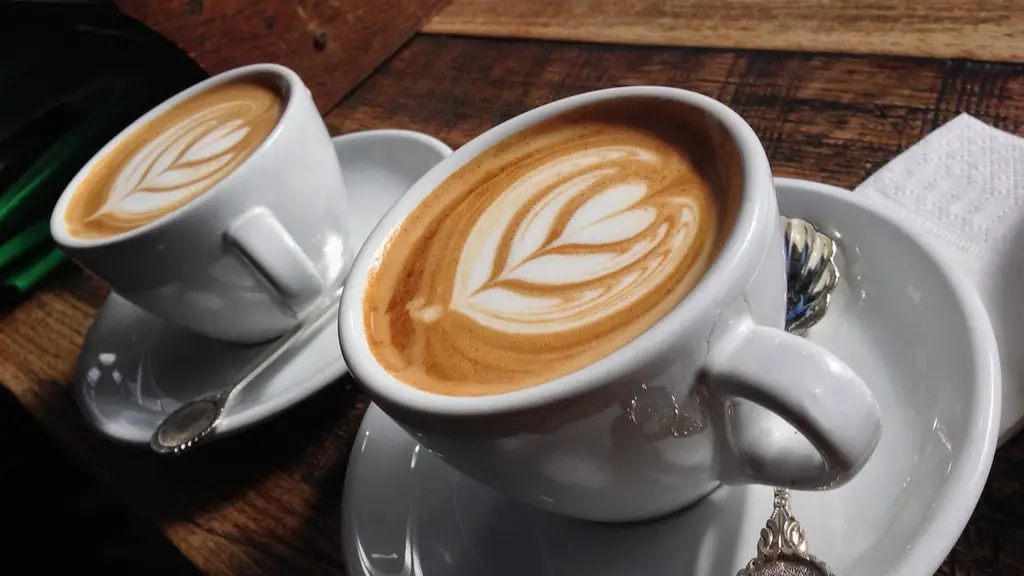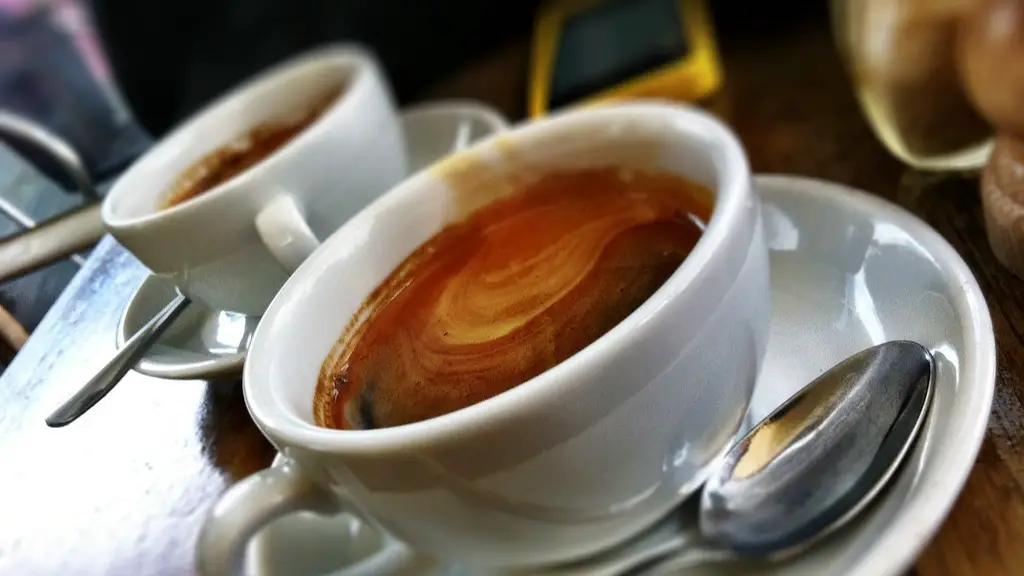It has been theorized that coffee as a drink originating in the Middle East was first consumed in Scandinavia in the late seventeenth century. As the demand for coffee increased around the world, the people of Scandinavia had become accustomed to drinking coffee during their leisure time and the availability of this beverage had gradually been extended to other kinds of events. Coffee drinking has been an integral part of all social gatherings in Scandinavia since then. By the mid eighteenth century, more luxurious cafes started to appear in Finland, Sweden, and Norway, as well as major cities like Copenhagen and Stockholm.
Though Scandinavians and more broadly, Northern Europeans, are known as ‘coffee junkies’, it’s historically and culturally different from how people in the rest of the world view this beverage. To Scandinavians and other Northern Europeans, coffee is more than just a beverage to consume, but rather an essential part of their social and cultural lives. As is noted by Amelia Opitz, a Monash University lecturer in Swedish studies, “If your idea of a great night out is visiting a bar, in Scandinavia your idea of a great night out is visiting a café.”
Economic and Social Factors Contributing to High Coffee Consumption
A combination of economic and social factors is thought to contribute to the high coffee consumption in Scandinavia. At the economic level, higher salaries in Scandinavian countries make it easier for people to pay for their coffee. On the social level, people in Scandinavian countries view coffee drinking as more than just a way to get a caffeinated pick-me-up, but rather as a social activity. It’s a way of connecting with friends, family, and even colleagues. According to the Association of the Coffee Brewers of Finland, one in three coffee occasions in Finland is shared with someone else.
Some analysts also suggest that high taxes on alcoholic beverages in Scandinavia has had an effect on coffee consumption. With alcohol taxation seen as an effective measure to reduce alcohol-related harms, by raising the price of alcohol it reduces the number of people drinking alcohol and access to alcohol, which might influence coffee drinking in its place.
In addition to economic and social factors, coffee culture in Scandinavia is shaped by its unique cafe culture. Scandinavians often flock to cafes to enjoy a cup of coffee with friends, or sit alone and enjoy the ambiance that comes with being part of a café culture. Cafes in Scandinavia are different from most other cafés around the world. Swedish designer David Ericsson has noted that, “Cafés in Scandinavia have a distinct atmosphere and interior design. They’re bright, airy, and they often have couches and comfy chairs. This is in stark contrast to other cafés around the world where it’s often cramped, dark and there’s usually less opportunity to lounge around.” This characteristic makes it easier for people to frequent cafés in Scandinavia, creating an environment where socializing is the main activity.
How Cafe Culture Impacts Health
Though Scandinavia generally has some of the healthiest habits and lifestyle choices in the world, this doesn’t mean that their high coffee consumption doesn’t have negative impacts. Research has shown that excessive coffee consumption can lead to a variety of health issues, from hypertension to diabetes. But the effects of coffee on health is heavily determined by both lifestyle and individual response, meaning individuals’ sensitivity to caffeine can vary by a lot. Thus, it is generally recommended that individuals limit their daily intake to three to four cups.
Overall, as long as individuals can find a balance between their coffee habits and their general health, participating in cafe culture can have a range of positive effects on wellbeing, from increased productivity and creativity to heightened levels of socializing.
Environmental Impact of Coffee
As coffee consumption increases in Scandinavia, there is growing concern around the environmental impacts of coffee. Coffee production, which is a labor-intensive process with significant environmental effects, accounts for approximately 5 percent of global water consumption and 5 to 6 percent of global greenhouse gas emissions. Therefore, finding eco-friendly and sustainable alternatives to traditional coffee consumption is increasingly important.
One option is to opt for hiking and camping activities instead, as this will reduce the amount of single-use items like coffee mugs and lids that can’t be recycled, or put strain on the planet via their production. Additionally, people can turn to the growing plant-based beverage market and choose brands that are sustainable and certified organic. Finally, companies such as Starbucks have taken steps towards improving the sustainability of their cups by offering reusable cups and other initiatives. The success of these efforts however, largely depends on the actions of individuals, which is why it’s important to make conscious decisions when shopping for coffee.
Changing Coffee Preferences
In recent years, the consumption of specialty coffees has grown in Scandinavia. As more consumers become educated about coffee and different brewing methods, there has been a shift in preferences. From espresso-based to pour over and cold brew, specialty coffees are gaining in popularity and are on the rise. This shift in demands and preferences has also driven an increase in roasting businesses, as more people opt for fresh beans, roasted locally.
In addition, the shift to online ordering has also been a major factor in the rise of specialty coffee in Scandinavia. Many consumers today opt for ordering their coffee online, rather than visiting cafes or buying it at a grocery store. This convenience and access to specialty coffee otherwise unavailable in brick and mortar stores, is also driving more people towards specialty coffee, as they are able to try new and diverse kinds of coffees.
The Growth of Home Barista Culture
As trends in coffee consumption are changing in Scandinavia, so too is the culture surrounding coffee. The growth in specialty coffee has gone hand in hand with the increasing popularity of home-brewing methods and tools. As the popularity of specialty coffee has grown, the number of home baristas has also skyrocketed. Home baristas are those who explore different ways to brew coffee and who experiment with recipes and techniques to make coffee in their own home.
This rise in home barista culture has also been influenced by the internet, as coffee fiends can easily find tutorials, recipes, and tips using search engines. Home baristas have a wide range of resources at their disposal, as well as various types of brewing equipment and coffee obsessee websites. This has made it a lot easier for home baristas to keep track of new developments in the coffee industry and stay up to date on the latest equipment and brewing techniques.
An Afternoon Affair
The role of coffee in Scandinavian culture has also evolved over time. Historically, coffee was enjoyed mostly in the mornings and early afternoons before dinner. This has recently changed, however, as coffee consumption is increasingly being enjoyed as an afternoon affair filled with cakes and pastries. This transition to a more relaxed afternoon coffee drinking also reflects the growing popularity of the “fika”, which is when Swedes take a break in the middle of the day to drink a cup of coffee and chat with their friends or colleagues.
This shift has been further strengthened by cafes that now offer a wider range of food and drinks throughout the day, catering to both morning and afternoon crowds. This shift has also been bolstered by rising competition among cafes, as each cafe strives to offer something different and new to its customers. Finally, the abundance of specialty coffee shops and roasters opening up across the country has also played a role in the growing popularity of afternoon coffee drinking in Scandinavia.
Conclusion of Caffeine Preferences
Scandinavia shows no signs of slowing down its coffee drinking habits anytime soon. Coffee has become a part of their culture, and it’s something that’s here to stay. Coffee is more than just a beverage, it’s an essential part of socializing and connecting with others. And, with the rise of specialty coffee and home barista culture, people are able to explore diverse and new coffee drinking experiences.
While coffee might have both positive and negative effects on our health, it is ultimately the responsibility of individuals to make responsible decisions when it comes to coffee consumption. In order for coffee consumption to have a positive effect on our environment, individuals must make conscious and eco-friendly decisions when it comes to coffee production and consumption.


